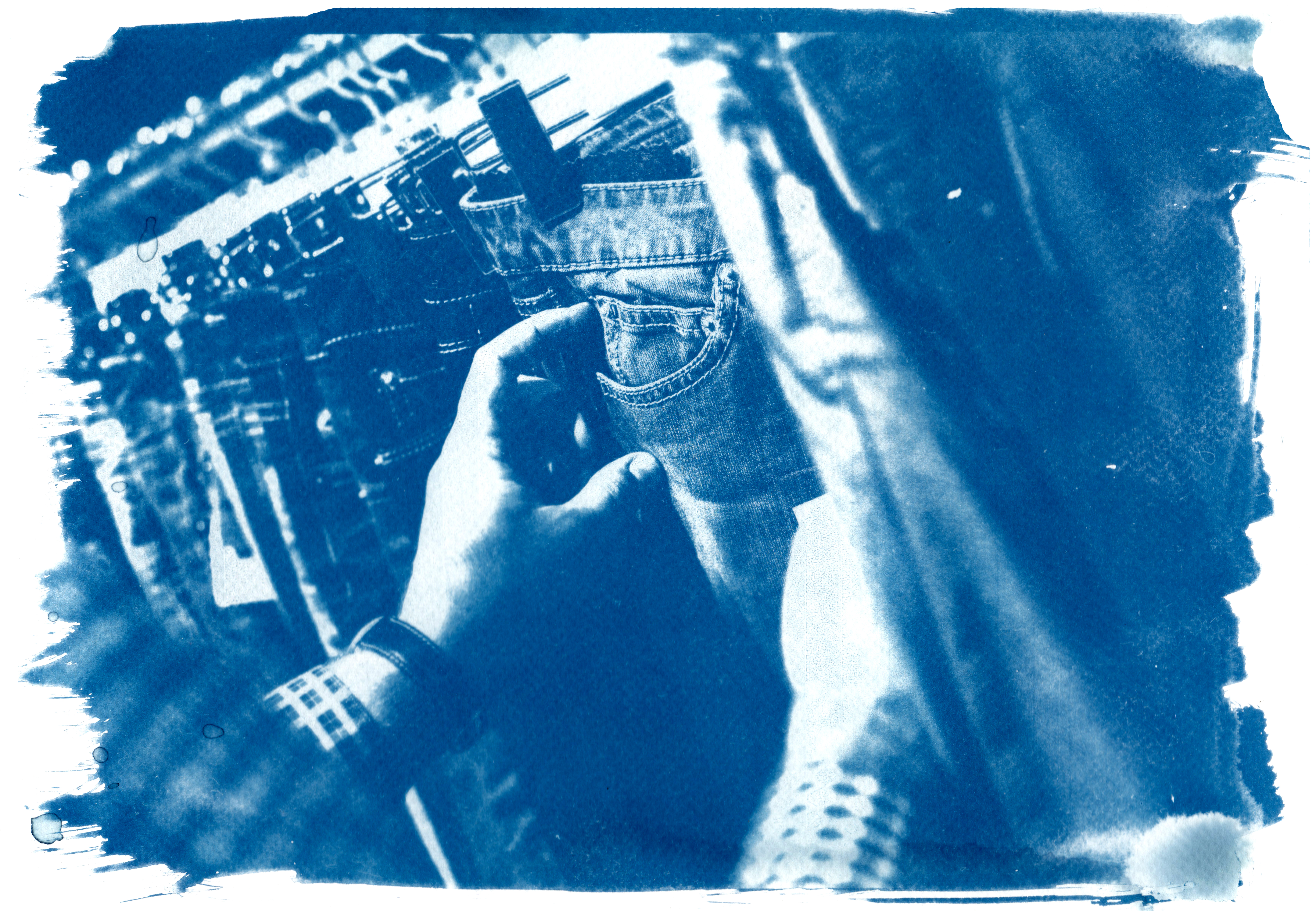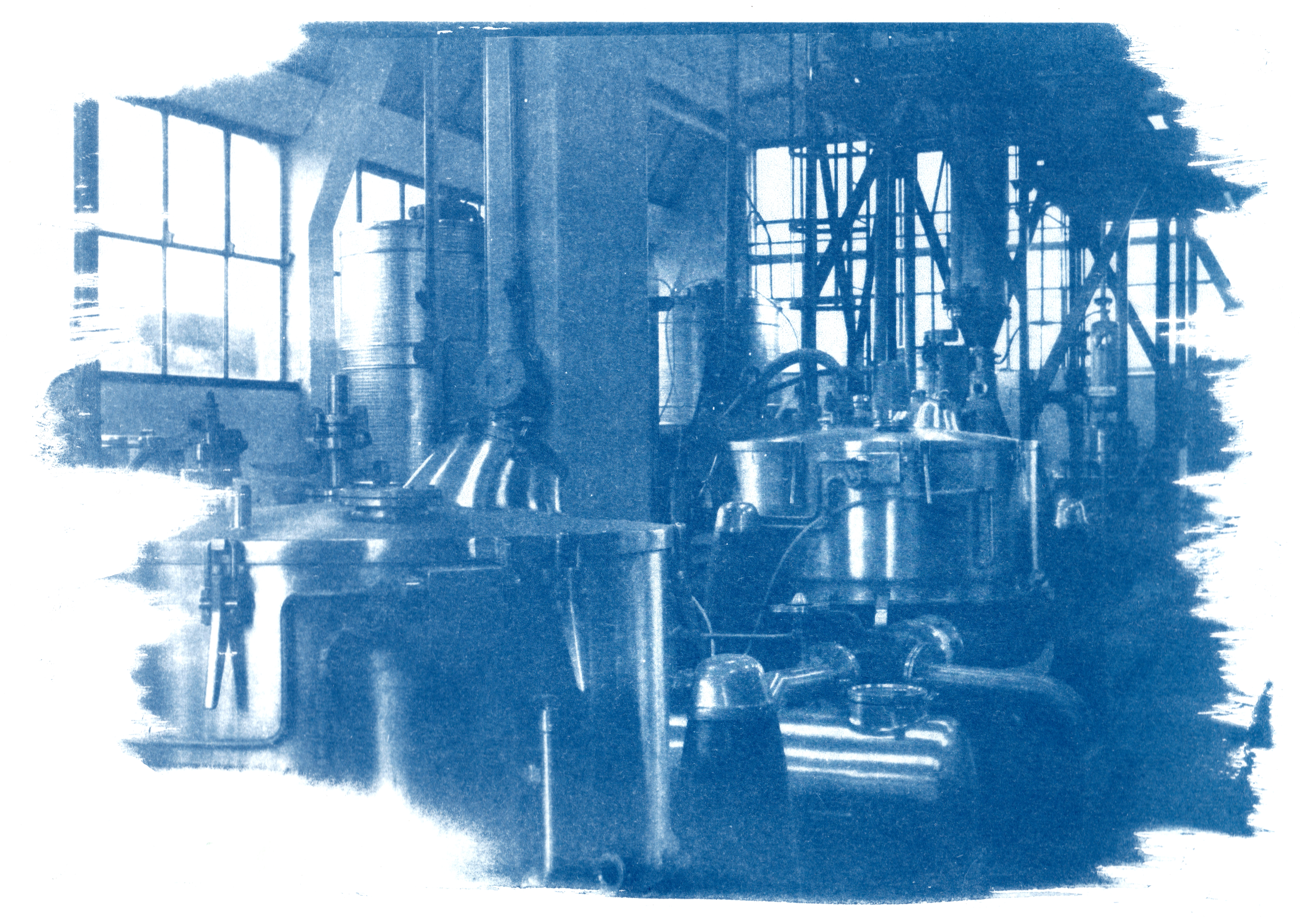

A recent annual Transformers Foundation report1 analysed the systems of chemical certification that many fashion brands take comfort from as proof of textile and product safety. However, that safety, the report claims, is an illusion. The illusion, the authors say, arises from manual checklists as proof of decentralised physical actions utilising many chemicals in myriad applications. Examples of chemical safety breaches in the report include the discovery of PFAS in Thinx underwear2 that the brand said underwent “multiple rounds of testing” and was part of their “organic cotton” range which contains GOTS-certified organic cotton.
So what makes such certifications fallible? Is it errors during the checks that either approve or deny the certification, or is it the certification process itself that’s flawed? Are certifications suitable for ensuring the elimination of chemical hazards from materials, methods and products? If so, how could they be more robust, and if not, what is the alternative?
Kim Van der Weerd provided her opinions on these topics and potential solutions in her Techstyler OpEd. For this article, I interviewed Alberto De Conti, Head of Marketing & Fashion Division at chemical company Rudolf3, about how chemical sourcing is conducted and formulations (chemical cocktails) are made in the textile and garment industry.
De Conti has a doctorate in biochemistry. His experience includes a stint in the chemical division at Levi’s from 1997-2012, when chemical expertise was in-house at brands that still owned some of their garment production facilities. This is no longer the case, De Conti explained, since most brands have outsourced all of their production and no longer retain internal chemical specialists. De Conti, also a board member of the Transformers Foundation, says this leaves brands unable to engage at a sufficiently technical level in developing optimal chemicals for their products.
Regarding how chemicals are sourced and used, De Conti explained that in many cases, the decision on chemical sourcing and safety begins when the unit price of a garment is set. For example, the typical unit price for jeans manufactured in Asia “usually ranges from 8-12 Euros (£6.50-10), but I have heard prices as low as 6 Euros (£5),” he revealed. “The brand or retailer sells the product for 60-80 Euros (£50-70)”. For such a pair of jeans, De Conti explained that “a chemical cost of 20-30 Euro cents (around £0.20) per unit is considered high” due to the fine margins in manufacturing.
Further adding context to how chemical sourcing introduces toxins, De Conti shared that the more a manufacturer is squeezed on price, the more likely they are to try to cut the costs of raw materials. “Garbage in, garbage out” is how he describes the result. In practice, minimal margins may lead a manufacturer to source lower-priced chemicals that are byproducts from another industry and contain the chemistry required, along with other unintended contaminants that are hazardous or banned from use in textiles. “Despite this, some [of these products] still have certification slapped on [them], says De Conti.
“If I am a garment maker, a brand comes with a timeline, quality standard and the price, saying ‘I will buy if you deliver on these three things’. Usually, the price is really challenging, so you would take shortcuts to [achieve] the price. You are trying to survive”

But how do potentially toxic products slip through the certification net? “There are ways to certify an overall process or [a] company”, he explains. “For example, Bluesign certifies a single product but also certifies the operations behind the production – the same body provides different levels of services”. He shared the example that “at Rudolf, we are Bluesign system partners, which means we are checked and monitored by Bluesign; but in practice, it is the certification about the chemical product that is required, not about the production facility or process”.
So certifications do not guarantee product safety but rather assess the safety of certain chemicals and formulations within specific processes. There is no ‘catch-all’ certification at the product level, and there are many types of chemical certification, all with different approaches to assessment and additional criteria. De Conti believes (along with Kilian Hochrein of Gore, as reported in our recent Intel piece) that chemical compliance has become less about safety and more about market differentiation by competing brands. “In some cases, chemical certifications appear to have followed the approach competitors take: ‘mine is better than yours'”. He believes “there is no reason why brand ‘X’s’ jeans should have different [chemical] needs than brand ‘Y’s’ jeans – the difference is in the marketing and branding”. He calls for chemical ground rules to be set so the conversation can progress into a more creative and successful one.
To further understand how clothing containing hazardous substances finds its way into our wardrobes, I raised the Greenpeace report4 published last week that revealed Shein products in Europe contain hazardous chemicals that break EU regulatory limits. I also mentioned the recall a few days later of Disney childrenswear that contained “dangerous levels of lead5″. Referring to Shein, De Conti believes the lack of visibility over the chemical processes used in the supply chain and low unit prices are key reasons why banned substances find their way into clothing.
“Shein has contracting, subcontracting, sub-sub-contracting, high volumes and [probably] not a direct relationship with everyone involved; and because of the [low] prices, this is the open door to ‘garbage in garbage out’. When goods are made and shipped, nobody checks the textiles or the garments”. Citing EU REACH guidelines I asked whether testing is done when goods are imported into Europe. De Conti said: “REACH applies to chemical products within the EU. No [chemicals] can be imported unless they are REACH certified. However, imports of textiles from outside the EU don’t have to be REACH [compliant]”. Therefore, there is no overarching testing or checking of chemical safety of clothing. Where products are certified as chemical-compliant by any number of certifications that may relate to specific chemical processes, not necessarily all the chemical processes the product, and its materials have undergone.
In conclusion, De Conti summarises that excellent progress was made by the Greenpeace Detox Campaign over a decade ago, which culminated in the ZDHC6 management of restricted substance list in 2011 and guided the industry towards safer chemical management. However, the industry is now suffering what he calls a “retox”, with manufacturers under such extreme cost pressures that they are forced to use “debatable procedures”. “Certification is not solving that”, he declared.
He recommends that brands, retailers and chemical companies rekindle the dialogue they once had when chemical expertise wasn’t outsourced. Instead, he says brands and chemical companies have displayed a “mutual indifference and not a lot of trust”. Fixing the issues, he urges, will require overcoming brutal financial pressure, “which is not helping R&D”. In his view, it will also require collaborative action like that of the Sustainable Chemistry for the Textile Industry Group (SCTI)7, which Rudolf is a part of.
SCTI unifies chemical manufacturers to problem-solve and converse directly with brands (who are represented by ZDHC) and tackle sustainability from a multi-stakeholder perspective. One example of the group’s work is identifying formulations where a percentage of petrochemical-derived feedstock can be replaced by sustainable bio-based feedstock and conversing with brands about how that can be quantified in impact reduction terms. This is a positive step forward, especially as the Transformers Foundation report demonstrates that certifications are not meeting their safety and sustainability expectations and, in some cases, pose a danger due to the false comfort they provide to brands and consumers.

